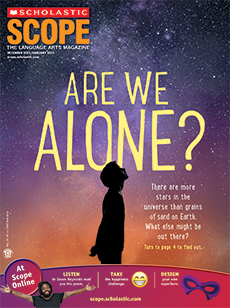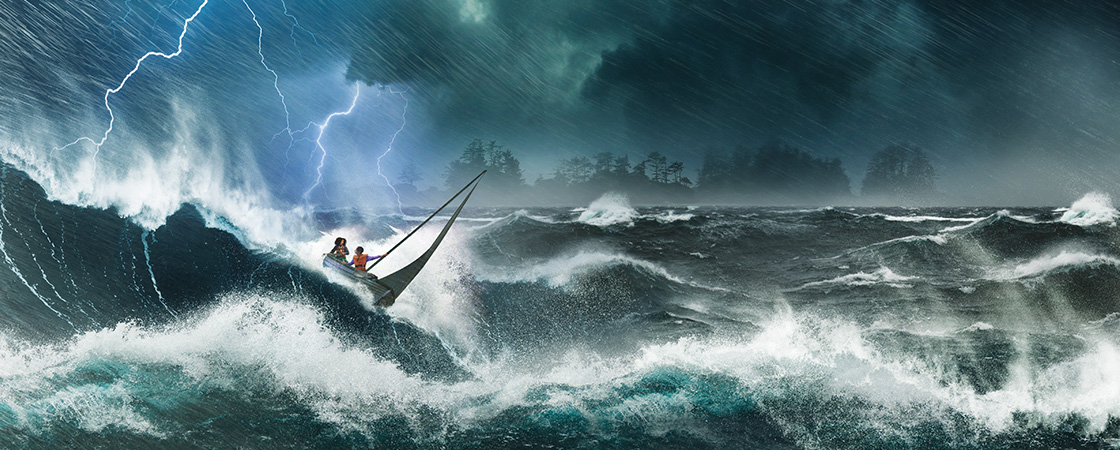“I can’t see land !” Noah shouted over the wind. My best friend went pale as the gusts blew stronger.
The storm had blown in fast. It wasn’t supposed to arrive for another two hours. But the clouds, dark and glowering, hadn’t paid attention to the forecast. Now we were out on the turbulent waters—alone.
Noah and I had been inseparable since kindergarten. We’d sat together for lunch hundreds of times. We’d made a zillion dioramas and posters together. There had been campouts in each other’s basements and hot summer days at the pool. And of course there was sailing—there was nothing we’d liked better than racing around the lake.
That was before. Everything was different now. Suddenly, basketball was cooler than me. At lunch, Noah sat with the team. He did his school projects with them. We hadn’t had a fight, but these days Noah and I barely spoke.
Still, when I suggested a quick sail around the lake, Noah had answered with a smile. And so we set off for one more trip out together. One more morning, just Noah and me. One more time on the water before school and teams and new friends led us apart again.
Then the storm blew in.



